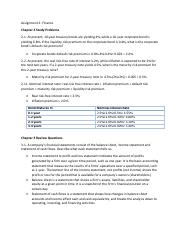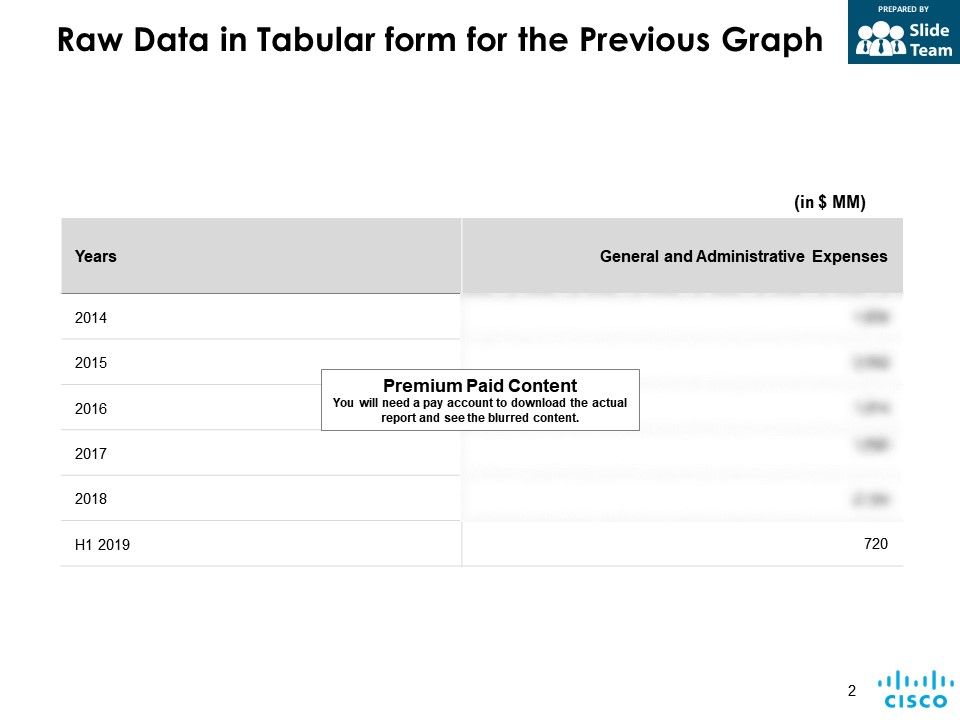General and Administrative Expense
General and administrative expense

Although operating expenses include a wide range of costs, certain items do not belong in the section. Any costs directly related to manufacturing inventory or the cost to buy inventory are part of the “cost of goods sold” line on the income statement, which is reported separately from operating expenses. Also, income tax expenses, interest expenses and losses on the sale of assets belong in the non-operating expenses section. This separation helps a business assess its core operating costs from period to period without the effects of financing or one-time charges. However, some companies may report selling expenses as a separate line item, in which case the SG&A is changed to G&A.In times of financial difficulty, operating expenses can become an important focus of management when implementing cost controls. Operating expenses include costs that are incurred even when no sales are generated, such as advertising costs, rent, interest payments on debt, and administrative salaries.

They are sometimes referred to as selling, general and administrative expenses or various combinations of the three. Administrative expenses are costs related to the general administration of a business.Some companies also include the costs of goods sold (COGS) as an operating expense. For example, direct labor or rent for production facilities may be classified as different types of operating expenses. In addition, compensation and benefits for production personnel and direct labor may be classified under operating expenses for accounting purposes. When considering the COGS, a company may consider the cost of direct materials, repairs of facilities and equipment and property taxes on production facilities as an expenditure classified as an operating expense.
Examples of Administrative Expenses
Overheads are also very important cost element along with direct materials and direct labor. Instead these expenses are reported on the income statement of the period in which they occur.For example, fees and interest may be classified as their own line item when deducting expenses to arrive at net income. Administrative expenses are the expenses an organization incurs not directly tied to a specific function such as manufacturing, production, or sales. These expenses are related to the organization as a whole as opposed to an individual department or business unit.
What are examples of administrative expenses?
Administrative expenses are the expenses an organization incurs not directly tied to a specific function such as manufacturing, production, or sales. Salaries of senior executives and costs associated with general services such as accounting and information technology (IT) are examples of administrative expenses.Selling, general, and administrative expenses also consist of a company’s operating expenses that are not included in the direct costs of production or cost of goods sold. While this is typically synonymous with operating expenses, many times companies list SG&A as a separate line item on the income statement below cost of goods sold, under expenses. When a business creates an income statement, it sometimes separates the revenue and expense items into sections on what’s called a multi-step income statement.Interest expense is one of the notable expenses not in SG&A and is listed as a separate line item on the income statement. General and administrative (G&A) expenses are listed below cost of goods sold (COGS) on a company’s income statement. The top section of an income statement always displays the company’s revenues for the given accounting period. The general and administrative expenses are then deducted from the gross margin to arrive at net income.
Administrative Expenses
- Selling, general, and administrative expenses also consist of a company’s operating expenses that are not included in the direct costs of production or cost of goods sold.
- While this is typically synonymous with operating expenses, many times companies list SG&A as a separate line item on the income statement below cost of goods sold, under expenses.
- When a business creates an income statement, it sometimes separates the revenue and expense items into sections on what’s called a multi-step income statement.
Managing this section of the income statement is a crucial component to running a successful business. Administrative expenses are costs related to the general administration of the business. This category of costs does not relate specifically to any business function such as production and sales. These costs are incurred at the corporate level, rather than by individual departments or business units. Looking at cost behavior, most administrative costs are fixed, though some are also variable and mixed.
Examples of General and Administrative Expenses (G&A)
Like operating expenses, administrative expenses are incurred regardless of the number of sales being generated by the company. General costs such as office supplies, telephone bills, and postage are considered to be administrative expenses. Compensation for employees who provide overall support for the company that is not tied to a specific department is also considered an administrative expense. SG&A expenses are typically the costs associated with a company’s overall overhead since they can not be directly traced to the production of a product or service.Salaries of senior executives and costs associated with general services such as accounting and information technology (IT) are examples of administrative expenses. In business, overhead or overhead expense refers to an ongoing expense of operating a business. Overheads are the expenditure which cannot be conveniently traced to or identified with any particular cost unit, unlike operating expenses such as raw material and labor. Therefore, overheads cannot be immediately associated with the products or services being offered, thus do not directly generate profits.This type of income statement helps owners analyze different aspects of the company’s performance. These expenses are the costs a small business incurs in its primary business activities during the accounting period.
What Does General and Administrative Expenses Mean?
Selling and administrative expenses are typically a huge line item on a company’s income statement. It includes most every expense the company incurs not directly related to the production of its products. Whether a company wants to grow, cut costs, or simply maintain what it’s doing, managers must pay close attention to this figure and all its component parts.
Examples of Industries That Cannot Claim Cost of Goods Sold (COGS)
General and administrative (G&A) expenses are incurred in the day-to-day operations of a business and may not be directly tied to a specific function or department within the company. General expenses pertain to operational overhead expenses that impact the entire business. Administrative expenses are expenses that cannot be directly tied to a specific function within the company such as manufacturing, production, or sales. G&A expenses include rent, utilities, insurance, legal fees, and certain salaries.These costs relate to the business in general and do not relate to any specific function, like production and sales. By cost behavior, most of these costs are fixed, though there are variable or mixed administrative expenses. Administrative expenses are presented as part of operating expenses, which are deducted from gross profit or gross income to arrive at operating income before finance cost and taxes.

Capital Expenditures vs. Operating Expenditures: What’s the Difference?
However, overheads are still vital to business operations as they provide critical support for the business to carry out profit making activities. For example, overhead costs such as the rent for a factory allows workers to manufacture products which can then be sold for a profit.
What are general administrative expenses?
General and administrative (G&A) expenses are incurred in the day-to-day operations of a business and may not be directly tied to a specific function or department within the company. G&A expenses include rent, utilities, insurance, legal fees, and certain salaries.
